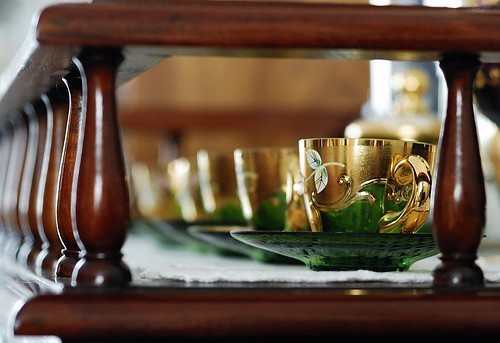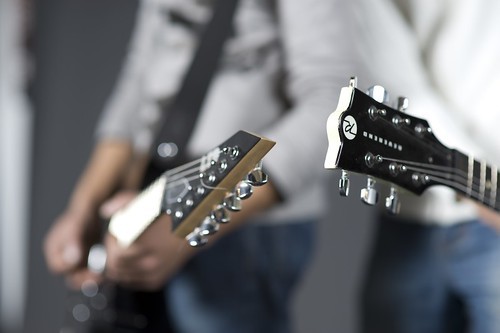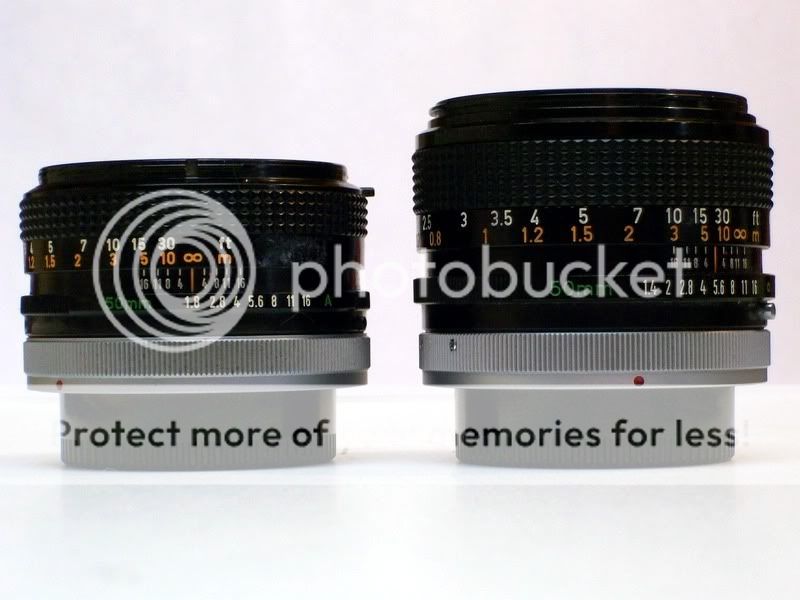Mitch1640
TPF Noob!
- Joined
- Jul 10, 2008
- Messages
- 180
- Reaction score
- 0
- Can others edit my Photos
- Photos OK to edit
honestly how often do you owners of the 70-200 f2.8 actually use it wide open? or other fast glass, im just using the 70-200 as an example. people always talk about how important fast glass is, but i rarely hear of people using them wide open, we all know it isnt sharpest there anyways.
i just sort of feel that fast glass is a little over emphasized.
i just sort of feel that fast glass is a little over emphasized.












![[No title]](/data/xfmg/thumbnail/40/40290-c6963a3e1b72b7543d1633356ec3fc9c.jpg?1734174703)



